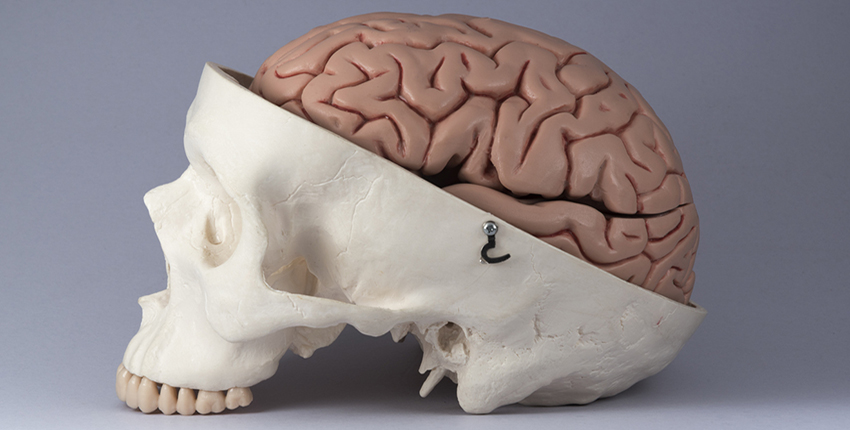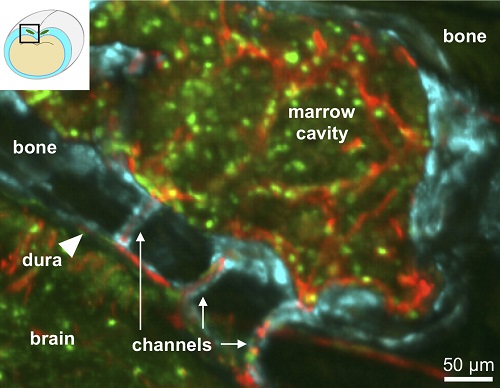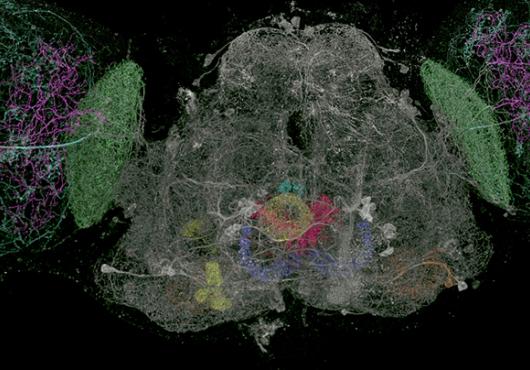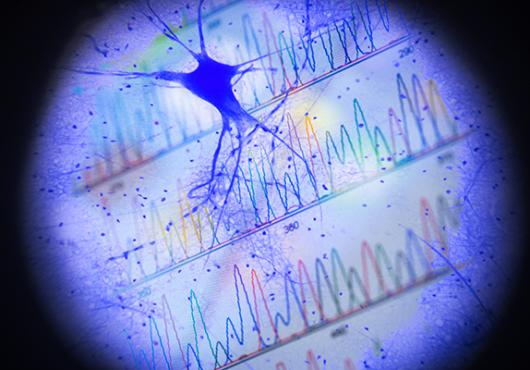
Harvard Medical School researchers based at Massachusetts General Hospital have made two surprising new discoveries about the skull and brain.
Reporting online in Nature Neuroscience, the research team found that immune system cells responding to a stroke or other brain injury in an animal model are more likely to come from bone marrow in the skull.
And they revealed the existence of tiny, previously unknown channels through the skull’s inner layer that carry inflammatory cells from marrow directly to the outer layers of the meninges, the membranes covering the brain.
“Until now, we thought that bone marrow throughout the body reacts uniformly to an injury or infection anywhere, but now we know that skull bone marrow has a special role due to its proximity to the brain and its direct connection to the meninges by microscopic channels,” said senior study author Mathias Nahrendorf, HMS professor of Radiology at Mass General.
“These newly discovered channels constitute a migratory path for inflammatory neutrophils produced by the marrow that can actually damage the brain,” Nahrendorf added.
While inflammation is a key defense and repair mechanism of the immune system, if it is not properly controlled, cells like neutrophils—the most abundant white blood cells in humans and other mammals—can damage healthy tissues.
Since immune cells and other blood cells are produced in the bone marrow, which is located primarily within larger bones, such as arm and leg bones and the pelvis, interest has grown in the role of marrow in inflammatory diseases.
To address the currently limited knowledge about whether the functions of bone marrow from different sources may vary, the research team developed a system for labeling marrow cells within the skull and tibia of mice with different fluorescent tags.
Their experiments revealed that neutrophils responding to the induction of either an ischemic stroke or inflammation in the brains of mice were more likely to originate from the skull marrow.
An induced heart attack, however, resulted in little difference between the neutrophil contributions of marrow in the skull or the tibia. Examination of the effects of an induced stroke on the cellular population of bone marrow in different locations found a significant drop in levels of neutrophils and monocytes in skull marrow but smaller effects on marrow within either the tibia or the vertebrae.

Location, location, location
To test the hypothesis that the greater role of skull marrow in supplying neutrophils to inflamed brain tissue was the result of its location, the researchers used advanced imaging technologies to examine the inner layer of the skull that separates the marrow from the meninges.
They were surprised to discover microscopic vascular channels passing through this layer of dense bone. Not only were neutrophils observed migrating through those channels, but after induction of a stroke in living animals, neutrophils traveled from the marrow to the brain surface against the normal flow of blood into the marrow.
“While we’ve still got a lot to learn about these channels, I think their very special role as conduits for inflammatory cross-talk between the marrow and the central nervous system is quite different from any other vasculature,” Nahrendorf said.
The researchers think that, in addition to these channels carrying immune cells from the skull marrow to the brain, inflammatory substances that derive from the brain may alert the skull marrow to an injury faster than marrow from the rest of the body.
“Now, we want to investigate the relevance of these channels, which we also observed in skull sections removed from human patients, to inflammatory central nervous system diseases, including acute stroke, hypertension and even chronic conditions like Alzheimer’s disease,” Nahrendorf said.
“Since many brain disorders have inflammatory components, it would be great to learn how the channels contribute to those diseases and whether modulating their contributions could change outcomes,” he added. “Another idea is that the channels could serve as a route of drug delivery, allowing transport to the meninges of drugs delivered into the skull marrow.”
Additional study authors include Fanny Herisson, Vanessa Frodermann, Gabriel Courties, David Rohde, Yuan Sun, Katrien Vandoorne, Gregory Wojtkiewicz, Gustavo Santos Masson, Claudio Vinegoni, Ralph Weissleder, Michael Moskowitz, Jiwon Kim and Dong-Eog Kim.
Support for the study includes National Institutes of Health grants NS084863 and HL139598, American Heart Association grant 16SDG30190009, and grants from the Cure Alzheimer’s Fund and the National Research Foundation of Korea.
Image: iStockPhoto/undefined undefined
Adapted from a Mass General news release.





